
Readers are warned of a slightly longer text than usual.
Lisbon, like Porto, is a melting pot of old and new, poor and rich. Like Rome, Lisbon is said to have been built on seven hills and is one of Europe's oldest cities with a history that stretches back long before the birth of Christ. The various districts have basically merged with the city center and to facilitate access to higher, resp. in lower areas there are several funiculars and lifts. As we sailed into the river Tagus, we were struck by how many monuments and imposing buildings surround the city, as well as large industrial ports. There are several marinas to choose from and to avoid the traffic noise from the bridges over the river and the noise from the ports, we chose to sail a little further up, to the southeast side of the city. We got a place in a marina at the Parque das Nações (Park of the Nations). The area had been prepared and rebuilt for the World Exhibition in 1998. Now, 25 years later, it gave a more subdued impression but there are still many restaurants and bars here as well as the large Oceanarium, a science museum, a funicular and the large Vasco da Gama shopping center. We were expecting a visit from our British-Swedish friend Iain, whose last visit in Lisbon was just when the world exhibition was going on!
During Iain's short visit, we strolled in the old town with churches, monuments, old tile-covered houses and cobbled streets where the stones were often laid in beautiful patterns. Traditions that are said to originate from when Portugal was under the rule of the Moors. Chaos ruled in the narrow streets filled with tourist groups, Tuk-tuks, trams, cars, bicycles, electric scooters, hop-on hop-off buses and regular buses with drivers trying to keep time at the many stops. A constant honking and hollering was heard where the various restaurants also took the opportunity to place a few extra chairs on the sidewalk and arrange outdoor dining for the thirsty tourists. A wonderful jumble where no one seemed to be in a hurry and everything, in some magical way, worked out without much fuss. We, order-loving Swedes, and especially me, Malin the controller, stood wide-eyed and amazed and wondered how on earth this could happen.
There is a lot of construction going on in Lisbon. We saw large construction-cranes everywhere at semi-finished, modern apartment complexes. Many so-called digital nomads come to Lisbon from other European countries who settle here and work remotely as Portugal is considered a relatively cheap country to live in and Lisbon has, apart from its charm, all the amenities you could need. You can even apply for a special visa called the Digital Nomad Visa. However, this trend has meant that house and apartment prices have risen and the local population cannot afford to live here any longer as wages are still low. The city center is therefore depopulated, to the benefit of the outer areas. That there are large economic gaps in Lisbon was not news to us, but seeing so many vagrants setting up small tents in the parks of the city, still hurt. The police made half-hearted attempts to get them to move but as soon as the policemen were gone the tents went up again… Iain sent us a photo he took from one of the metro stations in Lisbon. On the floor above the station itself, countless homeless people are trying to create a life for themselves...
Since we were waiting for the delivery of new batteries for Anastacia, we needed to stay a few extra days at the marina. We took the opportunity to visit the oceanarium and learned a little more about life in the different oceans and, Eureka! Suddenly we realized what we had seen at the surface of the sea a few times during our sailing along the Iberian coast. What we sadly mistook for inflatable plastic toys lying bobbing on the water turned out to be Portuguese man o' war. A jellyfish-like animal that actually consists of many organisms with the same genetic origin. What we saw was the gas bladder that acts as a sail with which the blow jellyfish moves. Below the bladder hang up to 50 m of nettle threads whose poison can cause cardiac arrest... Luckily, we weren't swimming nearby! Otherwise, the oceanarium was an impressive experience and one left the place with a strong sense of the necessity for the oceans and their fantastic inhabitants to be preserved.
During a hop-on hop-off bus tour, we got to see more of Lisbon. Including Belém with the world heritage Jerónimos Monastery (Mosteiro dos Jeronimos), Belém Tower (Torre de Belém) and Monument to the Discoveries (Padrão dos Descobrimentos) with sculptures of several of the Portuguese explorers with Henry the Navigator at the front, Vasco da Gama and others and, as the only woman on the monument, Queen Philippa of Lancaster, mother of several of those portrayed. The Portuguese show a certain pride in the era when "new lands" were discovered - and conquered. We don't really know if, and if so how, they have come to terms with their history which has led to so much human suffering. We tried to read into it and found a self-image, explained as Lusotropicalism, which claims that the Portuguese were better and "kinder" colonizers than other Europeans because of the experiences of their own history of a people ruled and "colonized" by Celts, Romans, Visigoths, Moors etc. and therefore more humane and understanding of other cultures and thus less racist than other European countries. A self-image that arose and thrived during the fascist dictatorship of 1933–1974. Today maybe things are viewed differently? But who are we to judge? What does the Swedes' self-image look like in terms of the Viking conquests or how the Sami's rights are safeguarded?
"Let him who is without sin cast the first stone "
Last, but not least, we got to experience what we longed for sooo much. Fado! In the older part of the town, at a small restaurant with room for a maximum of 25 guests, we booked a table and got to experience an evening of local dishes accompanied by languid fado songs. Fado is said to have a long history and is considered the people's music and is believed to have originated in the hard life around shipping and fishing. The songs are usually melancholic and must be sung with strong empathy. There are special fado guitars with twelve strings and resemble mandolins in shape. Like what we experienced at an Open mic night in the pub in Padstow, more or less professional fado artists sang at the restaurant. The only female singer gave a more professional performance with the greatest "feeling". One of the Portuguese gentlemen who performed, got into a conversation with us. He was a retired anthropologist and historian who, not without some pride, told us that he had been kicked out of several universities he worked for. He also told us about the history of Portugal and about the influence of the Celts and the Moors on the people - and the fado. He had travelled a lot and was amazed at how a university in Australia, where he now lived, could get rid of its library. They don't use books anymore; how can you acquire knowledge then?! It's a scandal! he exclaimed. We agreed…
Now the new battery pack is installed in Anastaia and, as a bonus, Christer has also installed the hydrogenerator which, together with the wind generator and solar cells, will charge the batteries when sailing. Now we leave for an anchorage vis Cascais just north of Lisbon and wait for the right winds to take us to Porto Santo and Madeira. It will be a 3–4-day sailing.
~~~~~
Läsare varnas för en lite längre text än vanligt.
Lissabon är, precis som Porto, en smältdegel av gammalt och nytt, fattigt och rikt. Det sägs att Lissabon, precis som Rom, byggdes på sju kullar och är en av Europas äldsta städer med en historia som sträcker sig långt före Kristi födelse. De olika stadsdelarna har i princip smält samman med stadskärnan och för att underlätta åtkomsten till högre, resp. lägre belägna områden finns flera linbanor (telecabins) och hissar. Redan när vi seglade in i floden Tejo slogs vi av hur många monument och ståtliga byggnader som omgärdar staden, liksom stora industrihamnar. Det finns flera marinor att välja på och för att slippa trafikbuller från broarna över floden och larmet från hamnarna valde vi att segla lite längre upp i floden, vid stadens sydöstra sida. Vi fick plats på en marina vid Parque das Nações (nationernas park). Området hade rustats upp och byggts om inför världsutställningen 1998. Nu, 25 år senare, gav det ett mer bedagat intryck men fortfarande finns många restauranger och barer här liksom det stora Oceanarium (akvarium), ett vetenskapsmuseum, linbana samt det stora Vasco da Gama-köpcentret. Här väntade vi besök av vår brittisk-svenske vän Iain, som senast var i Lissabon just när världsutställningen pågick!
Under Iains korta besök hann vi promenera i stora delar av den gamla stadsdelen med kyrkor, monument, gamla kakelklädda hus och kullerstensgator där stenarna ofta var lagda i vackra mönster. Traditioner som lär härstamma från när Portugal lydde under Morernas styre. Det rådde ett ordnat kaos i de otroligt smala gatorna som fylldes av turistgrupper, Tuk-tuks, spårvagnar, bilar, cyklar, elsparkcyklar, hop-on hop-off bussar och ordinarie bussar med chaufförer som försökte hålla sina tider vid de många hållplatserna. Ett ständigt tutande och hojtande hördes där de olika serveringarna dessutom passat på att placera ut några extra stolar mot trottoaren och ordna uteservering till de törstiga turisterna. Ett härligt sammelsurium där ingen verkade ha särskilt bråttom och allt, på något magiskt sätt, löste sig utan mycket gruff. Vi, ordningsälskande svenskar och i synnerhet jag, kontrollberende Malin, stod storögda och häpna och undrade hur i hela fridens namn detta kunde gå till.
Det byggs så det knakar i Lissabon. Vi såg stora lyftkranar överallt vid halvfärdiga, moderna lägenhetskomplex. Till Lissabon kommer många sk digitala nomader från andra europeiska länder som bosätter sig här och jobbar på distans då Portugal räknas som ett förhållandevis billigt land att leva i och Lissabon har, förutom sin charm, alla bekvämligheter man kan behöva. Man kan t o m ansöka om ett, för ändamålet, speciellt visum som kallas Digital Nomad Visa. Denna trend har dock inneburit att hus- och lägenhetspriserna trissats upp och den egna befolkningen har svårt att bo kvar eftersom lönerna här fortfarande är låga. Stadskärnan avfolkas därför, till fördel för ytterområdena. Att det finns stora ekonomiska klyftor i Lissabon var ingen nyhet för oss men att i verkligheten se så många uteliggare som sätter upp små tält i parkerna i staden gjorde ändå ont. Polisen gjorde halvhjärtade försök att få dem att flytta men så fort polismännen försvunnit åkte tälten upp igen… Iain skickade senare ett foto som han tagit från en av tunnelbanestationerna i Lissabon. På våningen ovanför själva stationen försöker ett oräkneligt antal hemlösa skapa sig en tillvaro…
Eftersom vi väntade på leverans av nya förbrukningsbatterier till Anastacia behövde vi stanna några extra dagar på marinan. Vi passade på att besöka oceanariet och lärde oss lite mer om livet i de olika haven och, Eureka! Plötsligt insåg vi vad vi sett vid vattenytan några gånger under vår segling längs iberiska kusten. Det som vi sorgset misstagit som uppblåsbara plastleksaker ligga och guppa på vattnet, visade sig vara blåsmaneter/Portugisisk örlogsman. Ett manetliknande djur som egentligen består av många organismer med samma genetiska ursprung. Det vi sett var den gasblåsa som fungerar som segel med vars hjälp blåsmaneten förflyttar sig. Nedanför blåsan hänger upp till 50 m nässeltrådar vars gift kan orsaka hjärtstillestånd… Tur att vi inte badade i närheten! För övrigt var oceanariet en mäktig upplevelse och man lämnade platsen med en stark känsla av nödvändigheten i att haven och dess fantastiska invånare bevaras.
Under en busstur med en hop- on hop-off fick vi se mer av Lissabon. Bl a Belém med världsarvet St. Jerome-klostret (Mosteiro dos Jeronimos), Belémtornet (Torre de Belém) och Upptäckarnas monument (Padrão dos Descobrimentos) med skulpturer över flera av de portugisiska upptäckresandena med Henrik Sjöfararen längst fram, Vasco da Gama m fl och, som enda kvinna på monumentet, drottning Filippa av Lancaster, mor till flera av dem som porträtteras. Portugiserna visar en viss stolthet över epoken då ”nya länder” upptäcktes – och erövrades. Vi vet inte riktigt om och i så fall hur man har gjort upp med sin historia som lett till så mycket mänskligt lidande. Vi försökte läsa oss till det och hittade en självbild, förklarad som lusotropicalism, som kortfattat gick ut på att portugiser var bättre och ”snällare” kolonisatörer än andra européer på grund av erfarenheterna från den egna historien om ett folk som härskats och ”koloniserats” av kelter, romare, visigoter, morer m fl och därför mer humana och förstående för andra kulturer och således mindre rasistiska än andra europeiska länder. En självbild som uppstod och frodades under den fascistiska diktaturen 1933–1974. Idag ser man kanske annorlunda på saken? Men, vilka är vi att döma? Hur ser svenskarnas självbild ut vad gäller vikingarnas erövringar eller hur samernas rättigheter tillvaratas?
”Den av er som är fri från synd skall kasta första stenen”
Sist, men inte minst, fick vi uppleva det vi längtat sååå mycket efter. Fado! I den äldre stadsdelen, på en liten restaurang med plats för max 25 gäster, bokade vi ett bord och fick uppleva en kväll med lokala maträtter ackompanjerade av smäktande fadosånger. Fado sägs ha en lång historia och räknas till ”folkets” musik och tros ha ett ursprung i det hårda livet runt sjöfart och fiske. Sångerna är oftast melankoliska och skall sjungas med stark inlevelse. Det finns speciella fado-gitarrer som är tolvsträngade och påminner om mandoliner till formen. Liksom det vi fick uppleva vid en Open mic night på puben i Padstow, så sjöng mer eller mindre professionella fado-artister på restaurangen. Den enda kvinnliga sångaren stod för ett mer professionellt framförande med största inlevelsen. En av de portugisiska herrarna som uppträdde, kom i samspråk med oss. Han var pensionerad antropolog och historiker som, inte utan viss stolthet, berättade att han blivit utkastad från flera universitet han arbetat för. Han berättade om Portugals historia och om kelternas och morernas inflytande på folket - och fadon. Han hade rest mycket och förfasade sig över hur ett universitet i Australien, där han numera var bosatt, kunde göra sig av med sitt bibliotek. De använder inte längre böcker, hur skall man då kunna inhämta kunskap?! Det är en skandal! Utbrast han. Vi höll med…
Nu är det nya batteripaketet installerat i Anastacia och som bonus har Christer även monterat hydrogeneratorn som jämte vindgenerator och solceller skall ladda batterierna vid segling. Nu ger vi oss av till en ankarplats vis Cascais strax norr om Lissabon och inväntar vindar som kan ta oss till Porto Santo och Madeira. Det blir en seglats på 3-4 dygn.
Lisboa and it's landmarks seen from the river Teigo
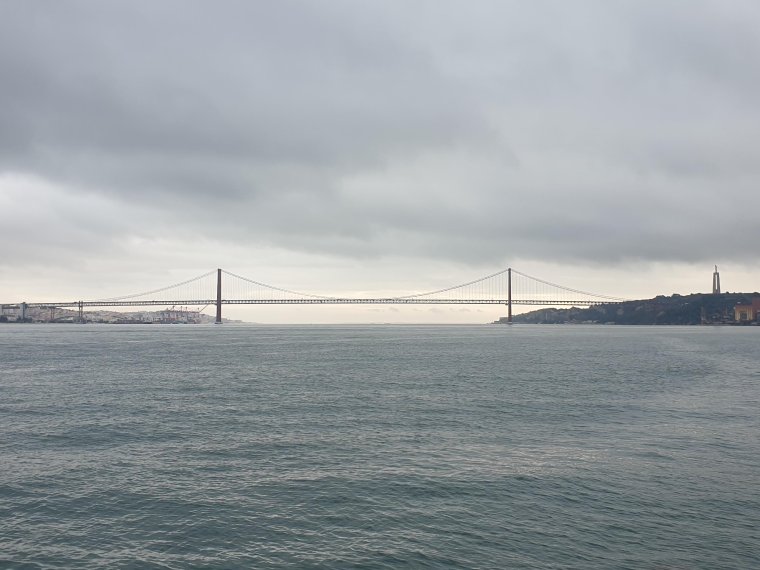
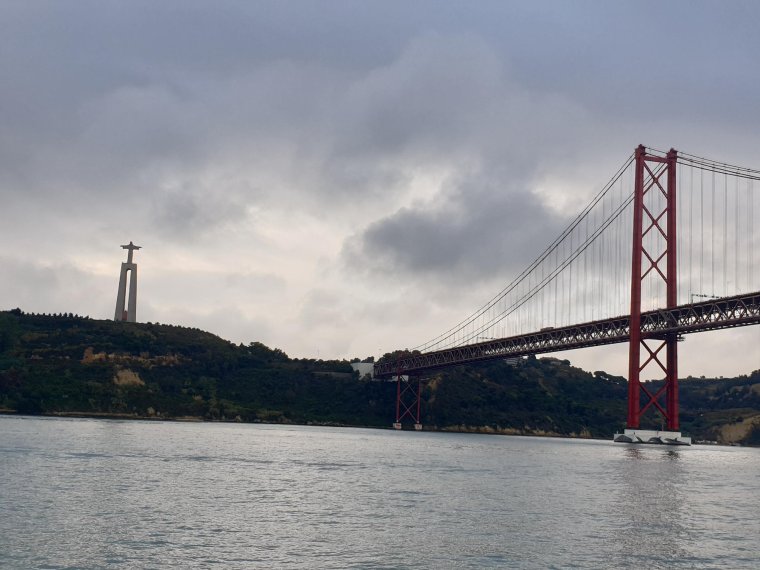
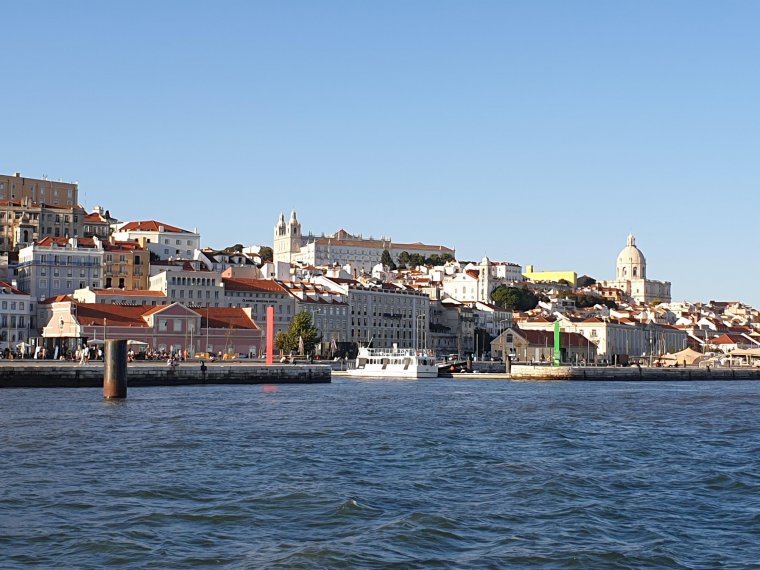
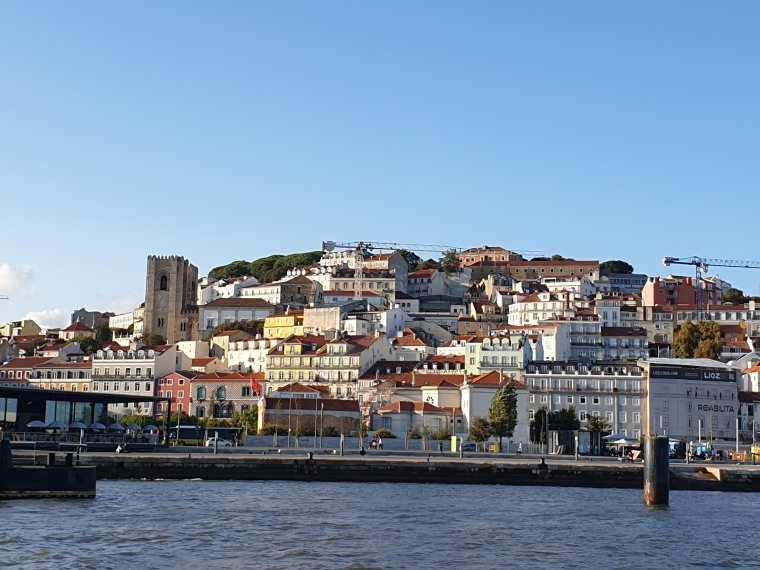
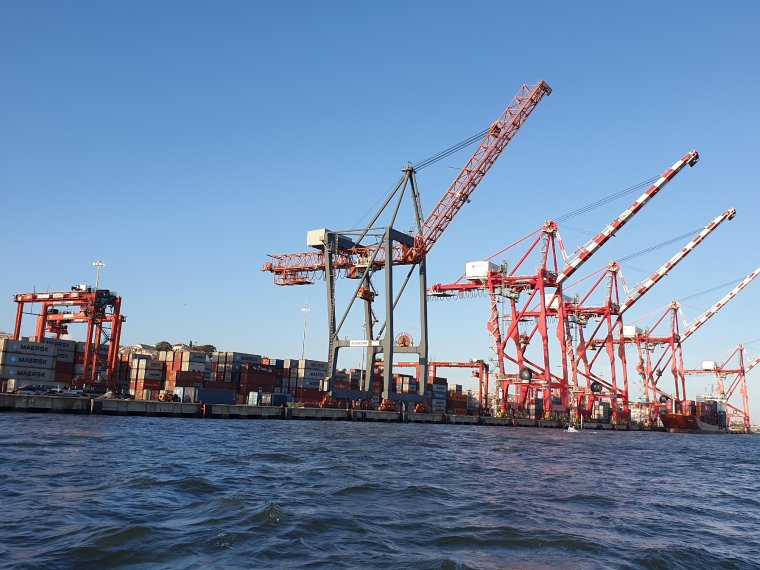
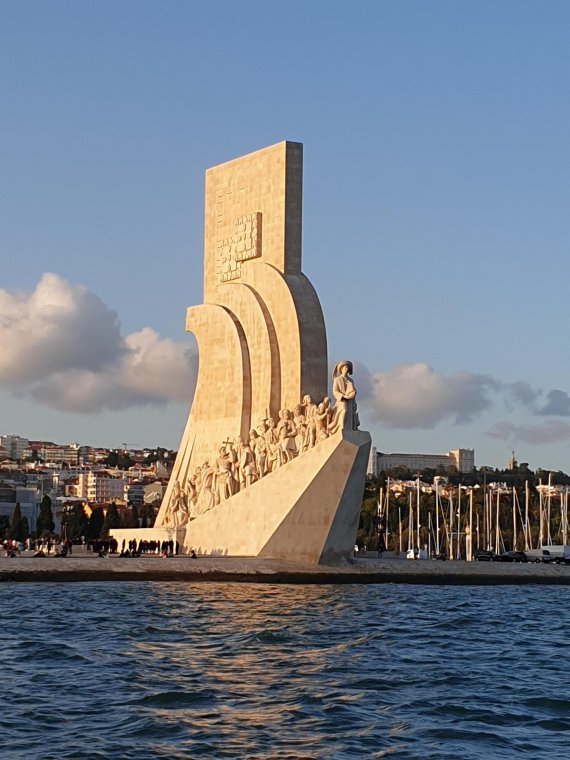
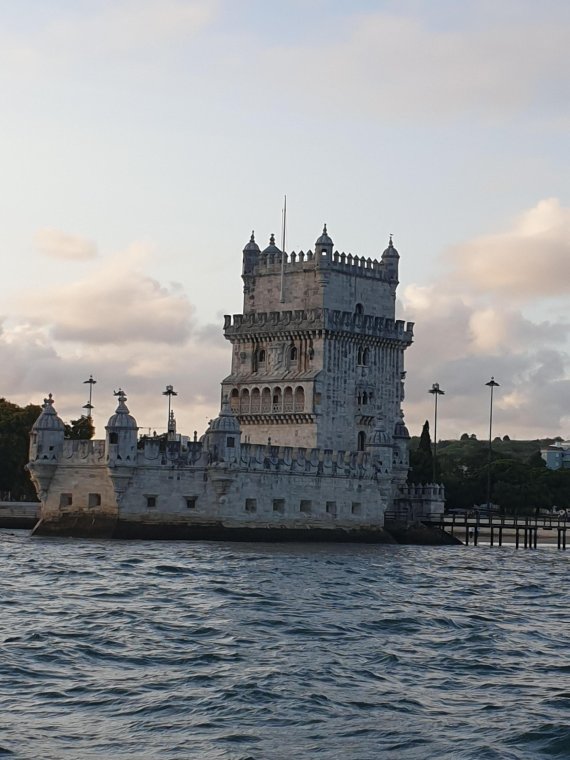
Parque das Nações
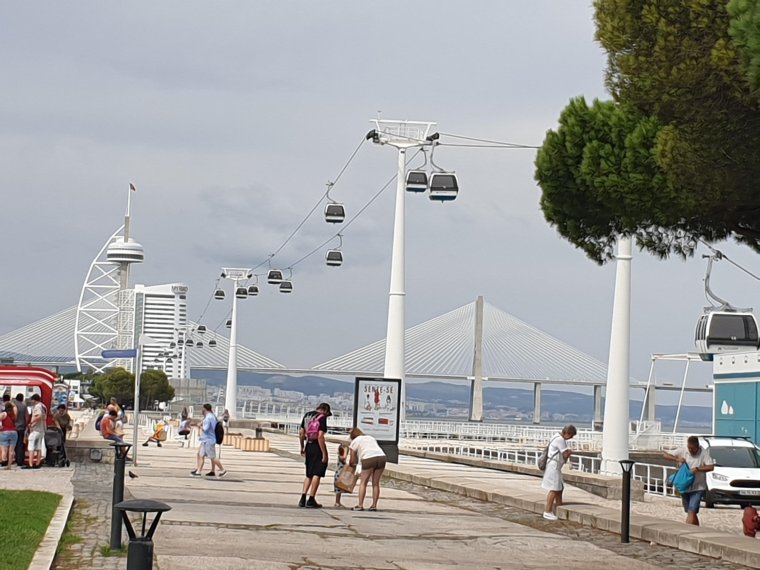
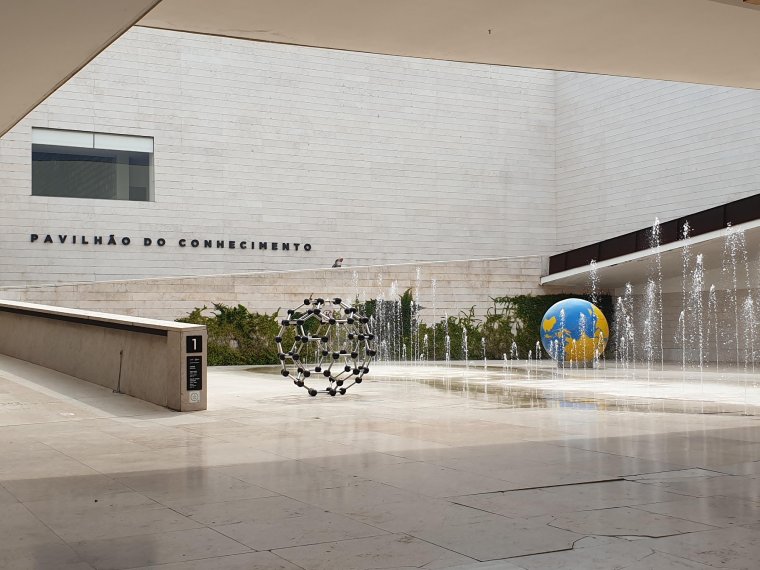
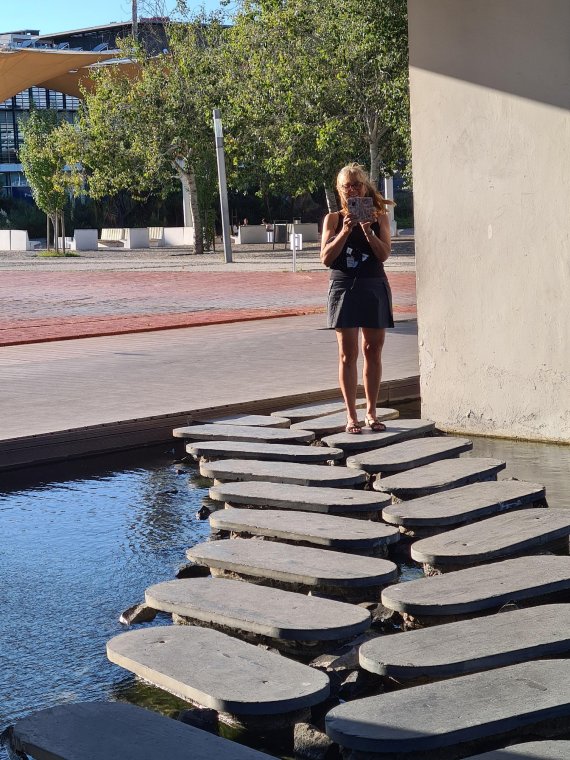
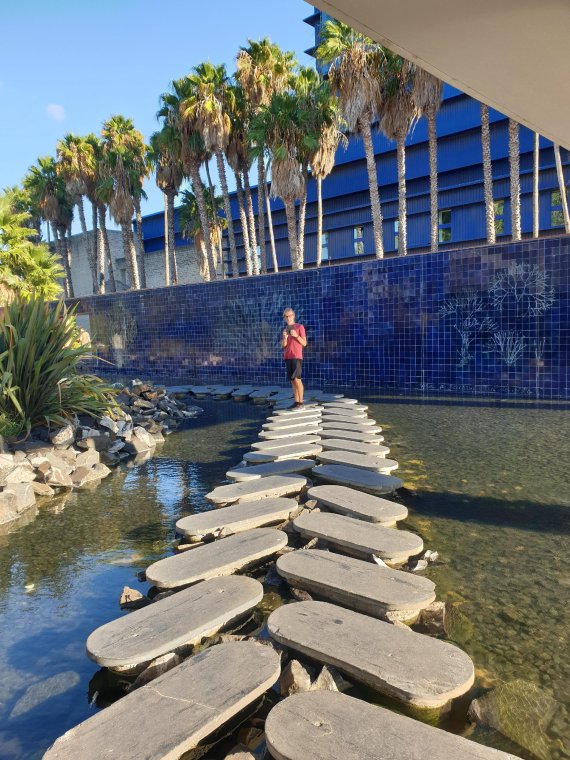
Old town and Belém
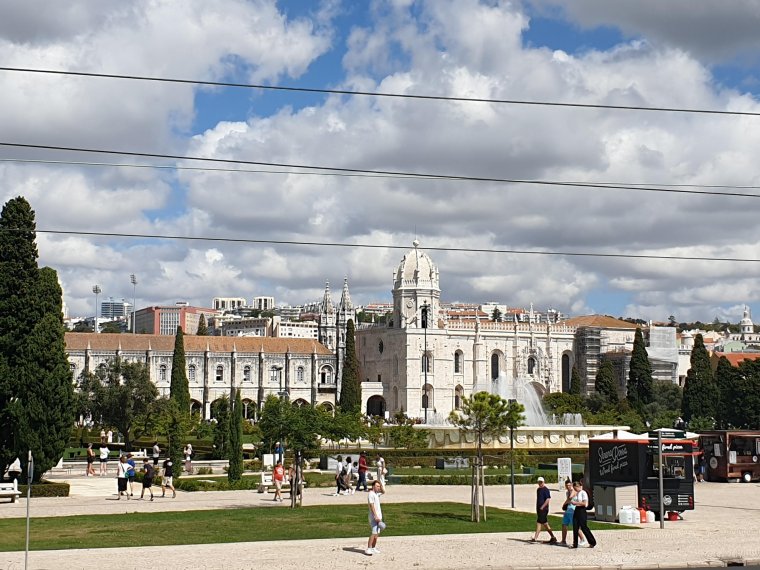

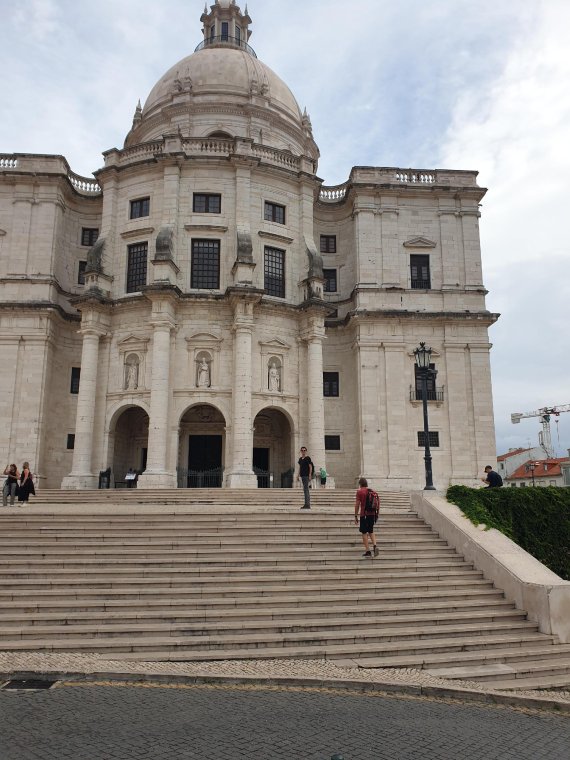
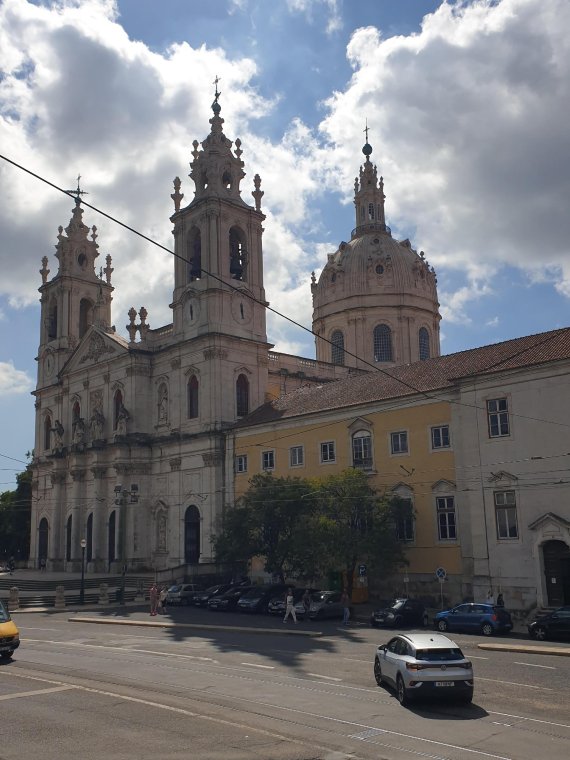
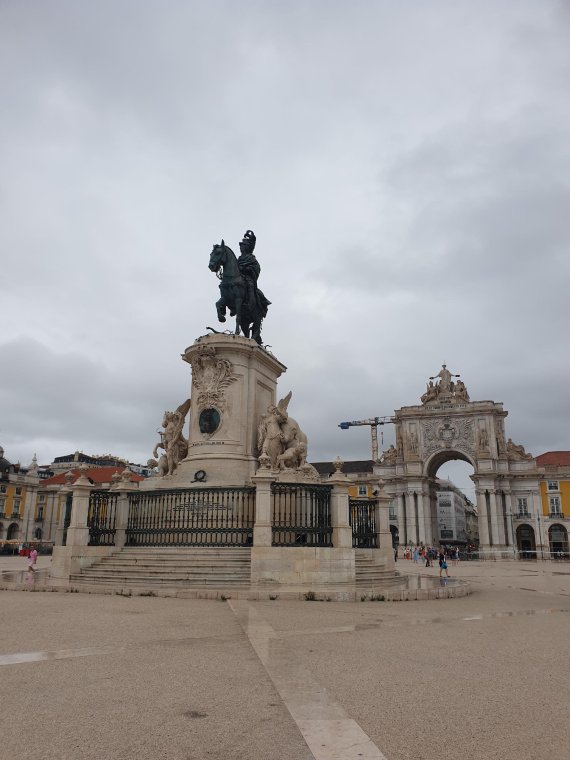
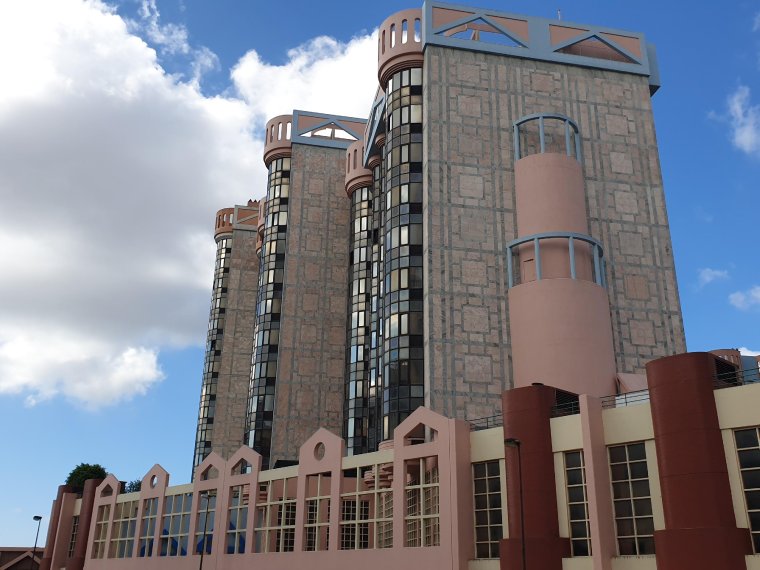
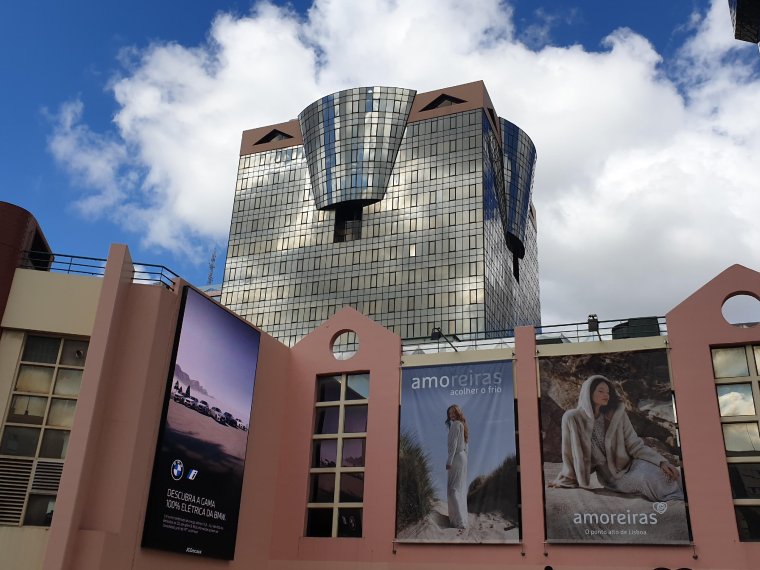

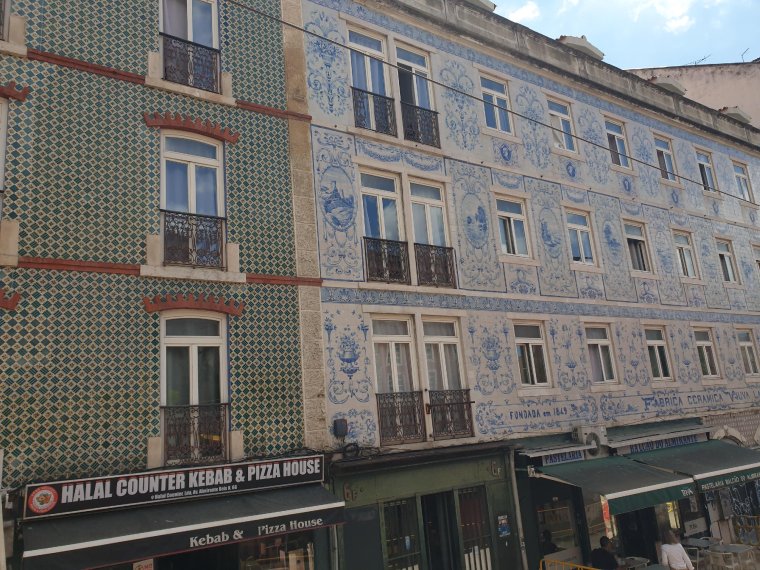
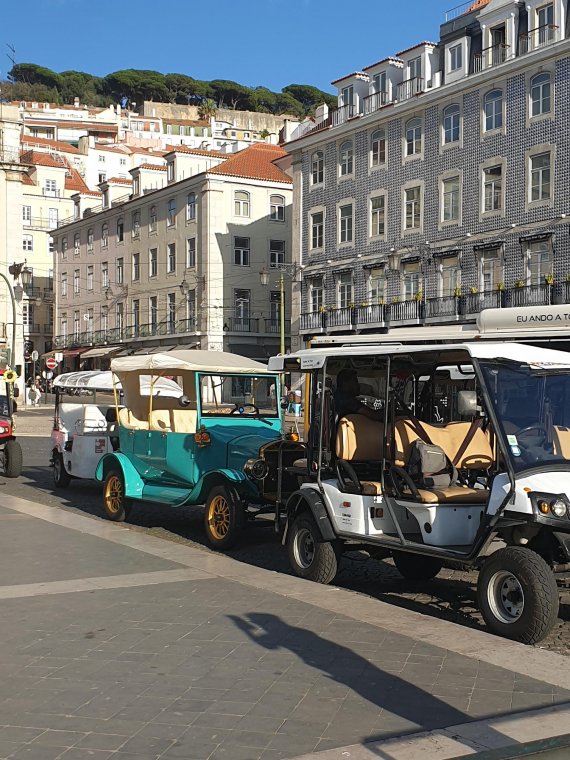
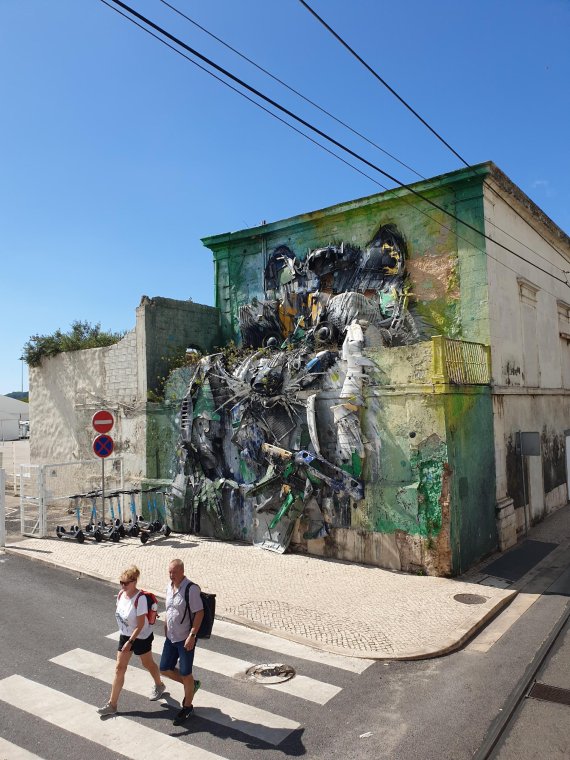
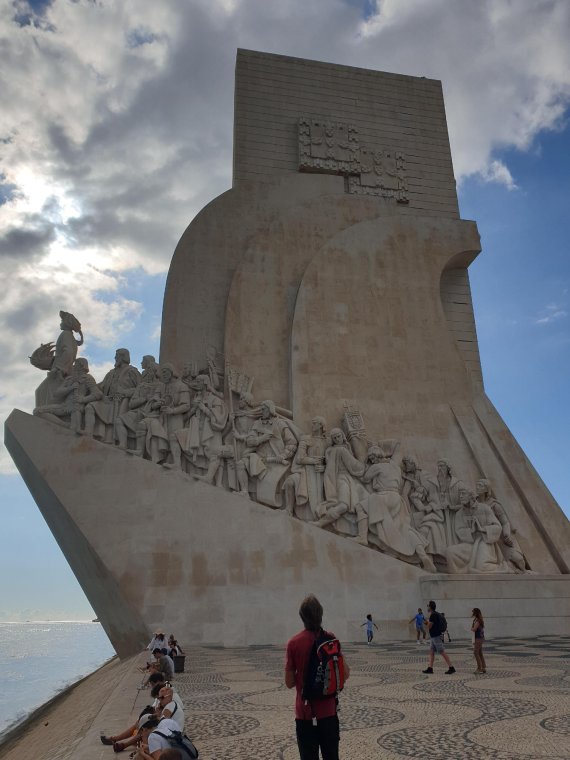
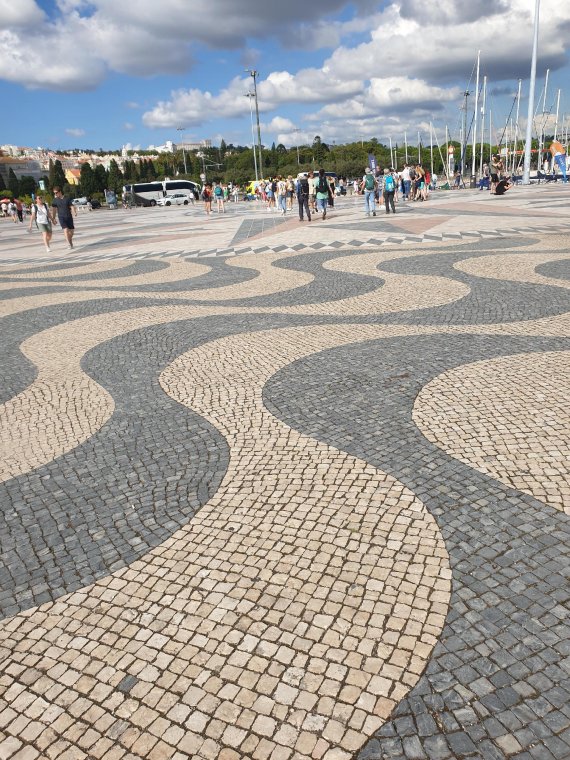
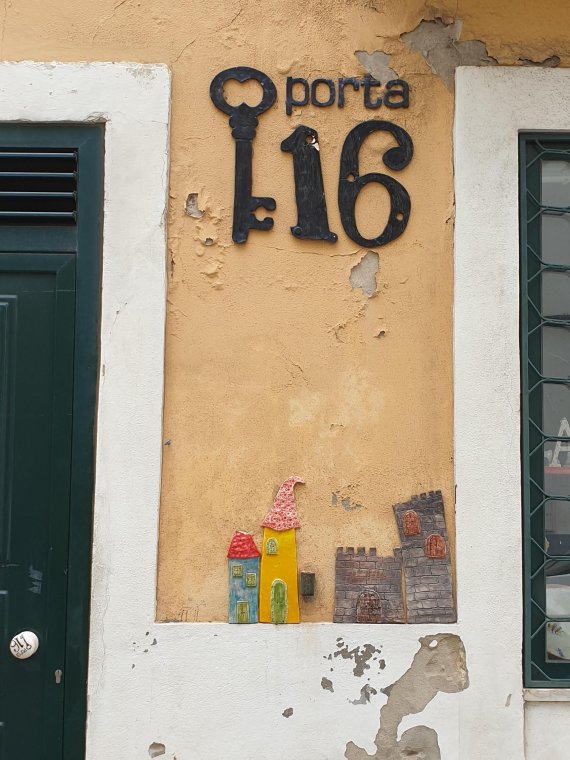
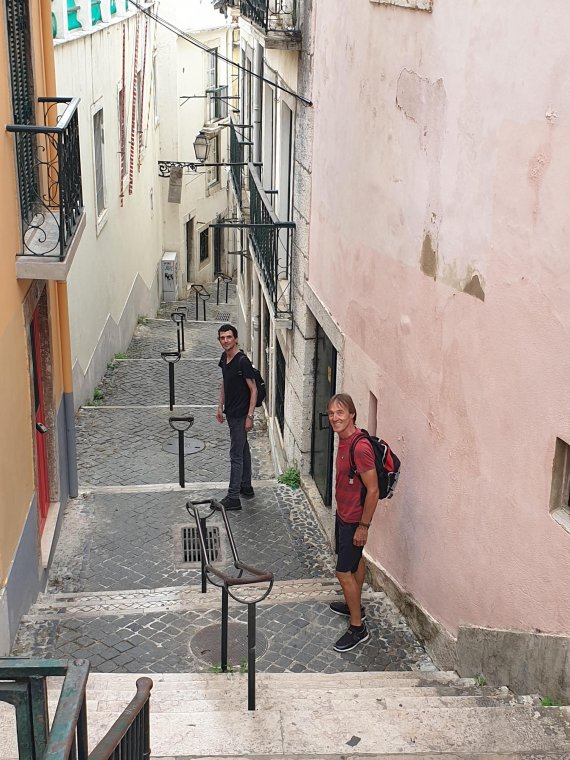
Oceanarium and a picture of Portuguese man o' war
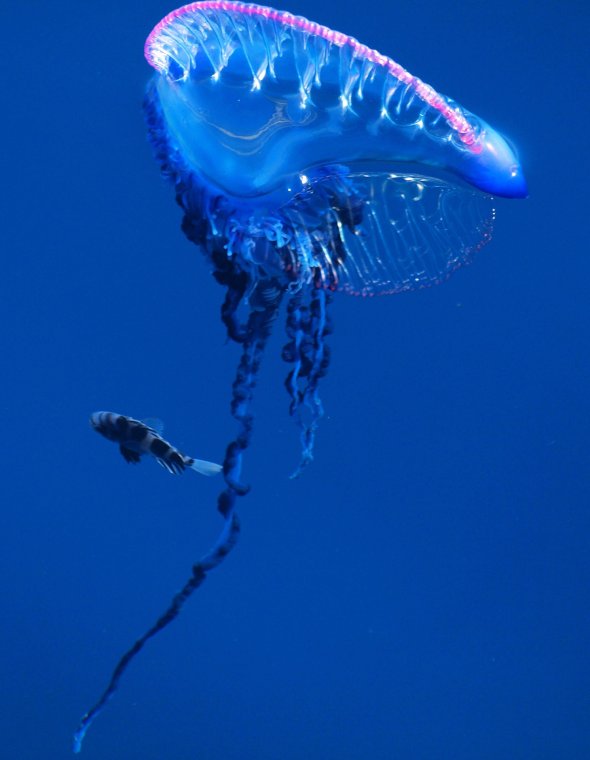
"Fish Jelly Fish Portugese Man O´war" by Chloe Yzoard used under CC01.0
Fado restaurant
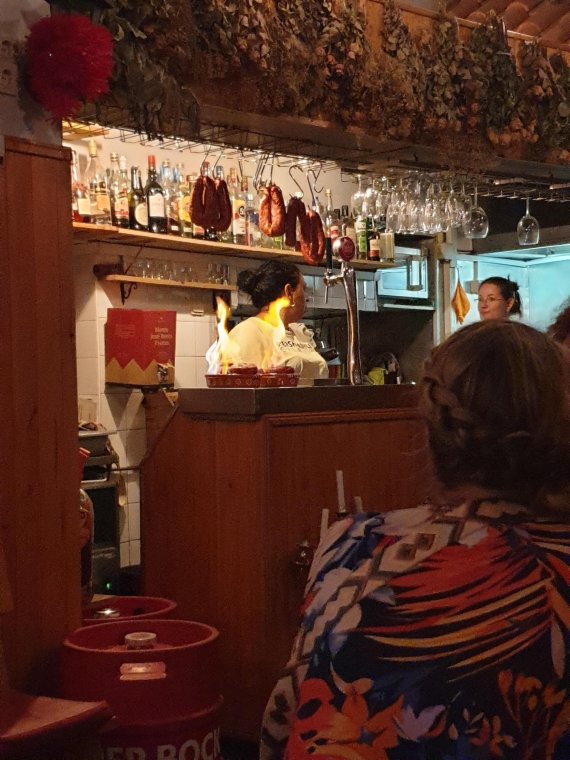
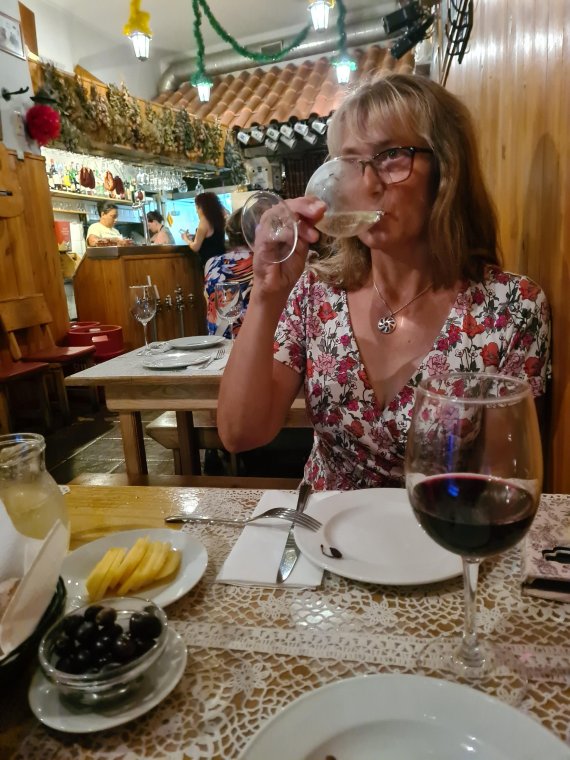
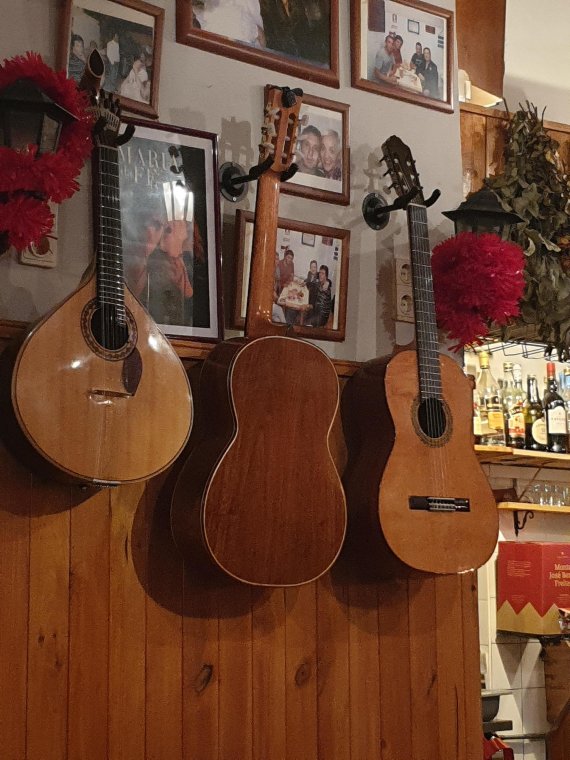
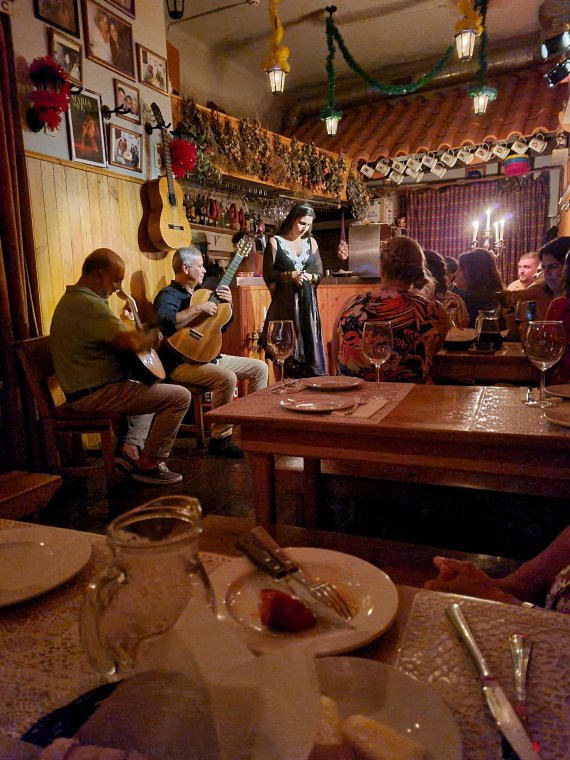
Upstairs a metro station in Lisbon
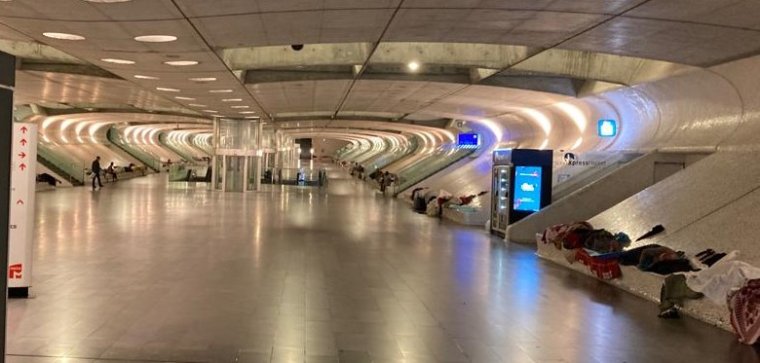

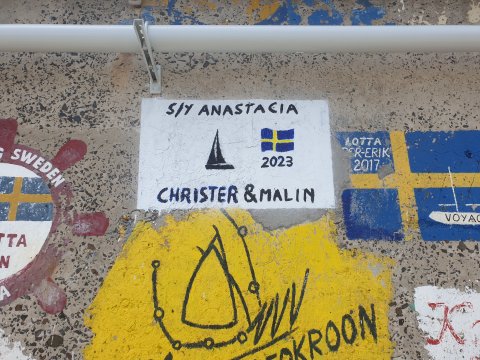
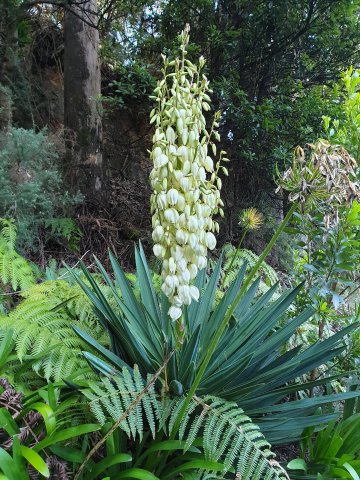
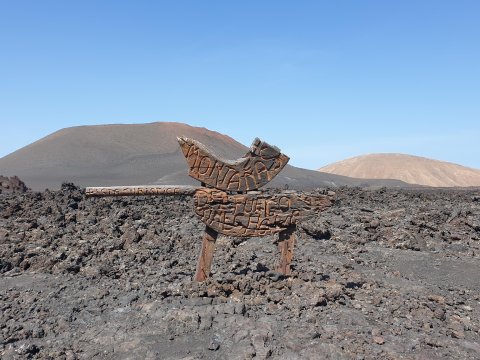
















0 Commentaire(s)